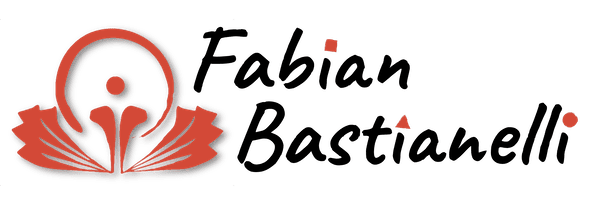Just over 25 years ago, I asked myself how I could get rid of the things that made me suffer.
Was it possible to get rid of the memories, the experiences that were burning me like a lump of burning coal that I couldn’t swallow?
Was it possible to suppress this memory? But where would I be without this memory/experience that made me what I am today?
I preferred to take the risk of being in pain than to stay tucked away safe from it all.
I’ve committed myself to life in the same way that I’ve committed myself to my hikes: I’ve always preferred mountain paths, sometimes with very little traffic, to main roads.
On this kind of trail, you never know what you’re going to encounter, or how difficult it’s going to be. There are big descents, tough climbs, cold or heat.
But at the end of each hike, you’re filled with images, landscapes, sensations and, above all, experiences that nourish you and enable you to go further.
We are the sum of our past experiences. Some remain stuck, digesting, integrating. So what and how can we do?
‘Whoever you meet, know that they have been through hell many times before.’
On any journey through life, there is no longer any question of running away from or hiding our suffering. Everyone, without exception, has been, is and will be subjected to difficult experiences. At some point, we need to look inside ourselves, to see the wounds and allow them to become scars.
Living in a state free of suffering is utopian, to say the least, or just a figment of our imagination.
Part of us will do everything to avoid the slightest painful situation, the slightest risk. This part wants to keep control, led by our fears.

So how can you accept the scratches or the risks of being scratched?
Are you ready to live?
Generally, out of fear of what we have suffered, of what we are still suffering and of what could make us suffer, we build walls and hide behind them, deep inside ourselves.
Realising what we’ve been through is the necessary step. Daring to calm down a little, to look inside and help the wounds to close.
When this step is taken, a feeling of lightness can emerge: life is full of tribulations, but as this proverb so aptly puts it:
‘If you have a problem, find a solution. If you can’t find the solution, maybe there are no problems.
Ok, a bit simplistic but this positioning helps to set the course of the mind on:
‘I’m moving forward’.

We want to protect those we love and will do everything we can to avoid the suffering we have experienced.
In some extreme cases, we will do everything we can to avoid the suffering we have experienced, to avoid the suffering we are experiencing now and to avoid all the suffering that may come in the future. In such cases, the loved one is frozen and prevented from moving forward in life.
If we have children, with these fears unacknowledged, we try to prevent them from suffering and, as a result, we prevent them from moving forward in life and growing up. There is then no question of approaching life with this fear of suffering.
It’s about accepting possible tribulations, throwing ourselves body and soul into Life with confidence and abandonment in what it will teach us. No more dualism in classifying good and evil, looking only for the pleasant, but accepting experiences as they are, some pleasant, others less so, all bearing experience.
Aware that the part of you that has been suffering, that wants to keep control, that above all wants to see neither your fears nor your shadows, is going to want to be listened to the most. Focusing on that deeper part that accepts the risk.
The path to healing is through acceptance.
Accepting what has been and what I cannot change.
Accepting that I can act, to a certain extent, but that not everything is up to me.
Acceptance is not resignation.
Acceptance means understanding that the past is gone, that there’s no point in replaying it in your head. No matter how many times you replay each scene, it won’t change, it was, is no longer and can no longer be.
Acceptance means looking at what is now and asking yourself how you can integrate and use the wounds as a doorway to learning more about yourself and the world.
Healing is a journey, a process of taking control of yourself and your life.
Alone and together.
In life, we are alone with ourselves. Together, because it’s through sharing and communication that we make progress.
In this same spirit, healing belongs to no-one but you, and with the help, pillars and inducers who provide you with care and support along the way.
Note to carers:
As a carer, it’s not about curing your patient. It’s a question of providing support.
We provide care, and healing belongs to each recipient.
We can help people move when they seem to be stuck.
We can listen or ask questions, but we cannot force movement or save what we think we see in the other person.
images: bibheist.art


Recent Comments